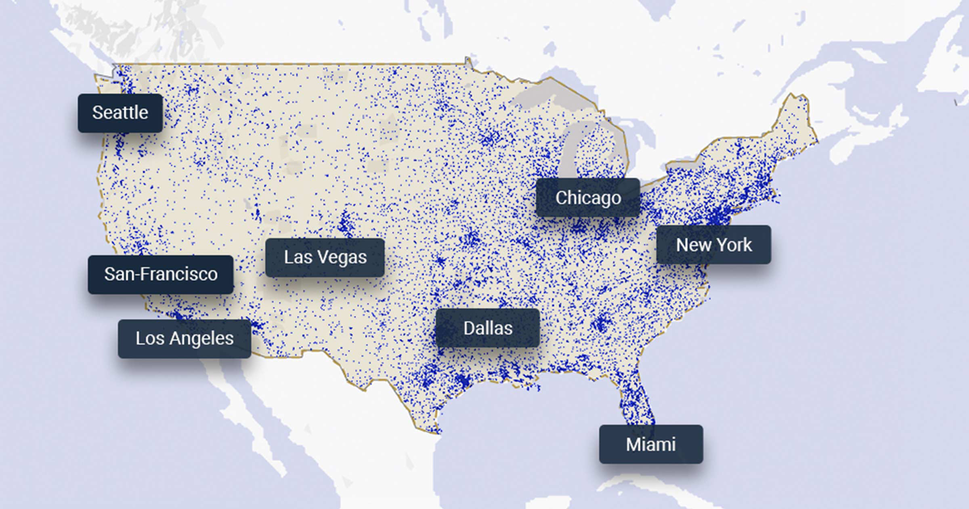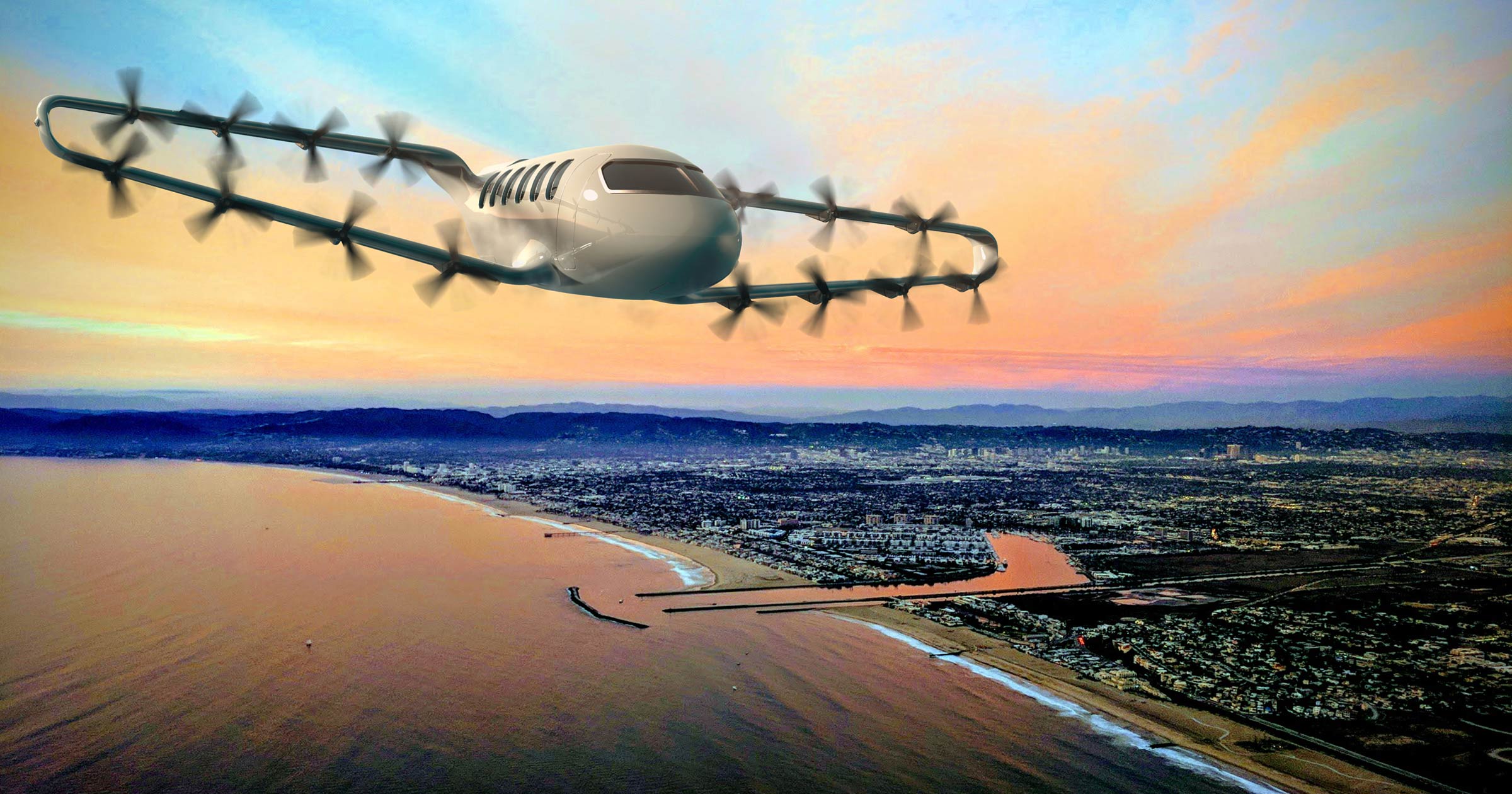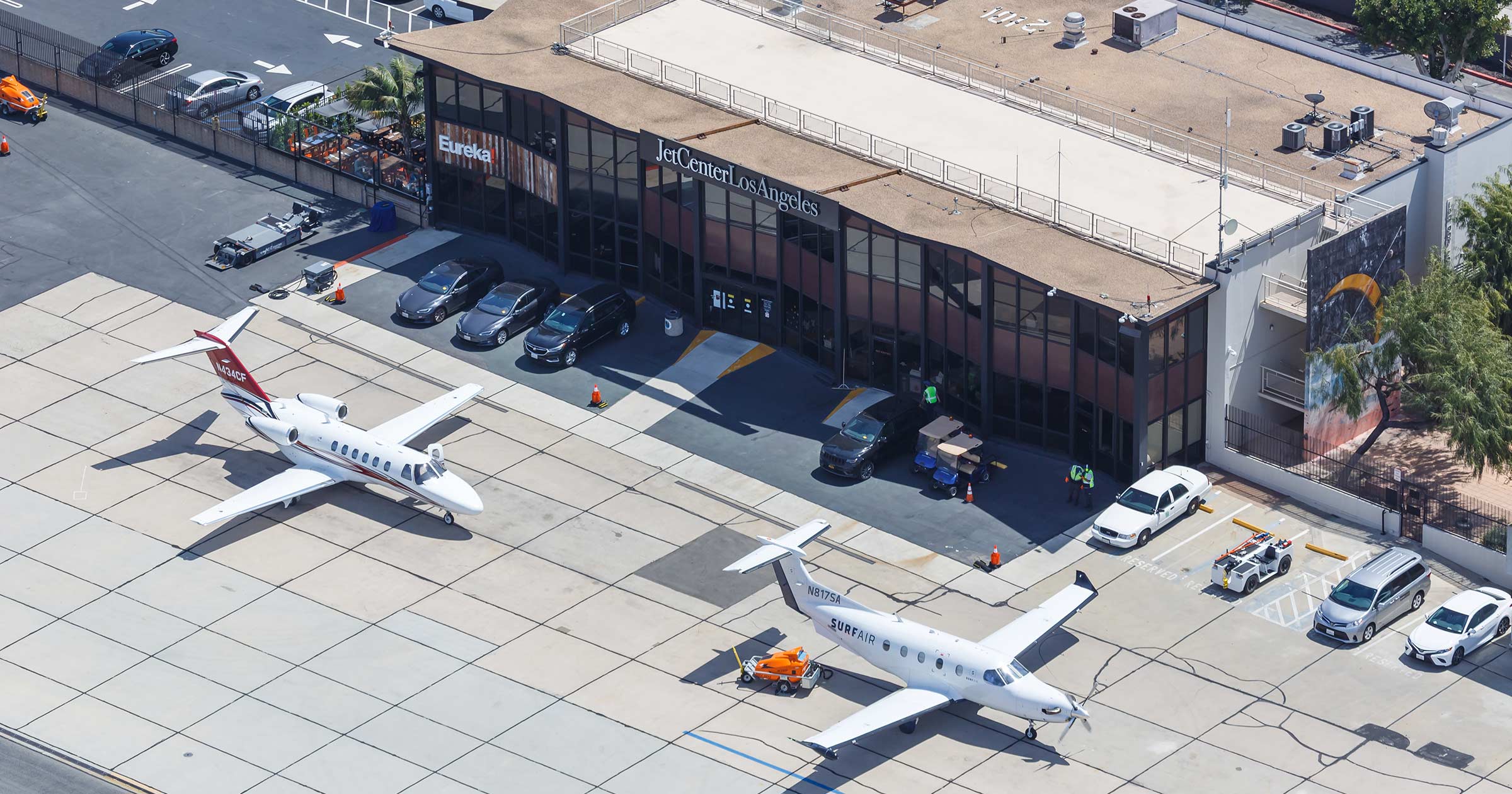Shaping $600B with technology: What’s really the next big thing in aviation?

In the $600B global airline market, there’s more than enough room for new traveltech innovators and early adopters to build new billion-dollar companies.
Hey again, I'm Askhat.
I'm helping the future of aviation by building a lightning-fast, modern Operating System for fast-growing airlines to manage inventory and boost sales. Previously, I built and sold a successful online flight booking platform. I religiously follow aviation news and love chatting about what's emerging at the forefront of our industry. I also spend a lot of time talking with representatives of fast-growing airlines. They have an infectious optimism about the future of travel and are keen on leveraging new technology to rewrite the rules.
I want to share some of my most recent industry findings and what I see next. A research team at NASA recently released a novel report on the emerging opportunity for the complete disruption of the aviation industry through technology. NASA painted an incredibly vivid picture of the future, where aviation rivals cars in convenience and flexibility for mid-distance trips between 50-500 miles.
Currently, the aviation industry maximizes efficiency on long flights, hub airports, and gigantic planes. For most passengers today, air travel is often associated with traffic jams at the airport, stressful security lines, unpredictable rescheduling, and unexpected cancellations. In addition to the higher cost, it's no wonder why most Americans prefer road trips over flying shorter distances; just 1.6% of all trips between 50-500 miles are taken by air.
However, many tasks, even daily ones, require a better transportation solution.
Some examples are:
- Daily commuting (~4M Americans travel >90 minutes each way by car daily)
- Short-haul flights (~50% of the world's flight routes are shorter than 500 miles)
- Cargo delivery
- Entertainment, training flights, agriculture, as well as many other tasks.
 Odys Aviation
Odys AviationIn the near future, most flights won't be on massive 787s but carried out by a fleet of smaller, nimbler planes. Several startups, such as Odys Aviation, are far advanced in the development of electric airplanes, and a few airlines are already operating smaller, electric airplanes with distinctive features:
- Cost-effective (reduced energy, maintenance costs with electrified propulsion).
- Reduced noise levels (allows airports to be closer to populated areas).
- Range of 50-500 miles (sufficient for most tasks mentioned above).
- A smaller capacity (10-20 people) reduces registration and landing times.
- Simplified aircraft controls (remote piloting, autonomous operations).
What’s most interesting about this is that a ready-made infrastructure for an intelligent decentralized network of small aircraft already exists. The United States currently has over 5,000 public-use airports within 10 miles of 60% of its population and 25 miles of 95% of its people.
I recently had the opportunity to experience flying on a 9-seater from San Carlos to Los Angeles. This was by far my best 300-mile flight. The entire process was incredibly smooth. I arrived 10 minutes before departure and parked at the terminal entrance. I landed before I could even finish the latte I bought on the way to the airport. At the right price, this is possibly the best medium-distance transportation option.
As regional aviation grows, consumers will start seeing amenities expected from larger hub airports available at local airports, such as long-term car parking, lounges, and food and beverage options. The experience will feel more like a VIP jet service but accessible for far more people.
 Hawthorne Municipal Airport in California
Hawthorne Municipal Airport in CaliforniaFurther, regional airports can serve as hubs for alternative energy generation and storage, such as solar and hydrogen, and for ground vehicles, community users, and electric aircraft. 146 airports across the country have already started 225 renewable energy projects. For example, the largest airport-based solar farm utilizes 183 acres at the Indianapolis International Airport. It produces 36.1 million kilowatt-hours per year, enough to power 3,650 homes.
And while companies leveraging underutilized infrastructure will reap enormous benefits, so will companies that radically rethink how planes operate. The next thing that limits the growth and might be significantly optimized in the industry is the "manual control" behind the air traffic control desk. Just as "switchboard operations" and "cab dispatchers" have become relics of the past, so should the idea of the "air traffic controller." Human intuition can be augmented by intelligent systems with millions of sensors, machine learning, and neural networks.
At any given moment right now, there are about 10,000 airplanes in the sky, and 10,000 dispatchers are needed to monitor them (1 aircraft for each dispatcher). Advances in technology increase this ratio by 10 or even 100 times greater. Automated systems, lightning-fast interfaces, and neural networks will allow one dispatcher to coordinate dozens of airplanes simultaneously.
With $600B in the air, it’s no surprise we’re seeing such an emergence of new ideas. And just like the smaller airlines I speak with, technology is rapidly helping new players rewrite the rules. Tesla redefined a conservative automotive industry. Now every automaker is playing catch up. Electric-powered aircraft is also well poised to change how we travel mid-distance fundamentally. There will be significantly more demand for flights and a fantastic opportunity for new airlines to emerge, especially micro and small sizes. A powerful OS will be needed to coordinate and handle all the logistics, and at Farel, we are incredibly excited to contribute to a greener and cleaner future.


